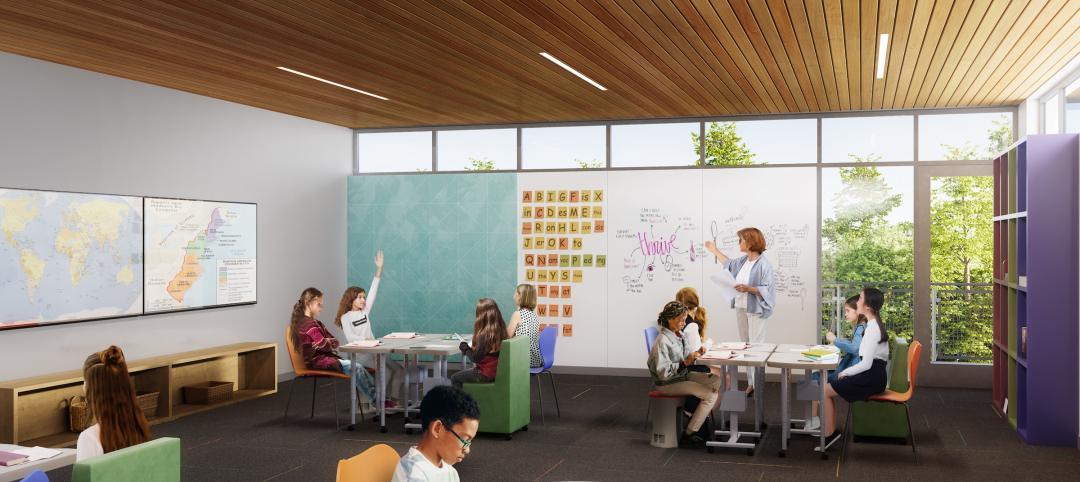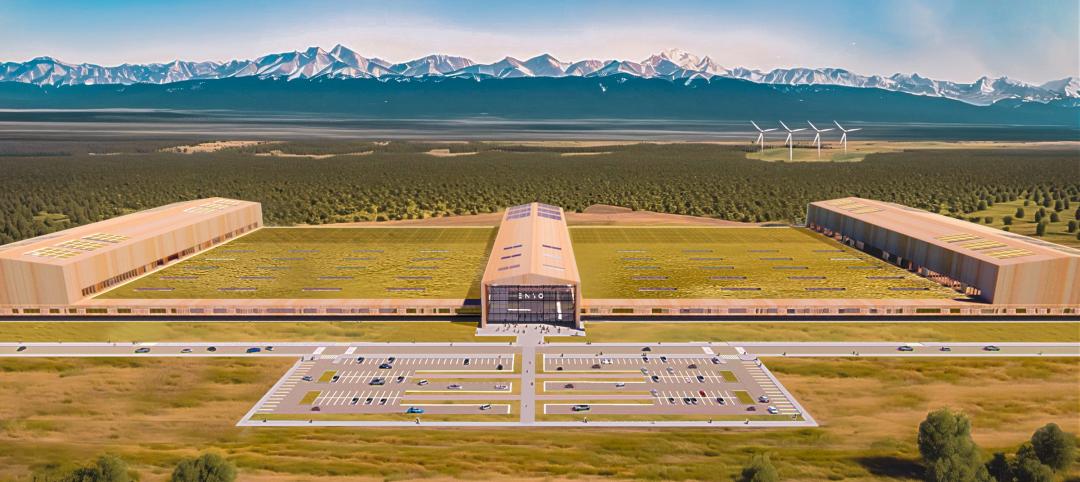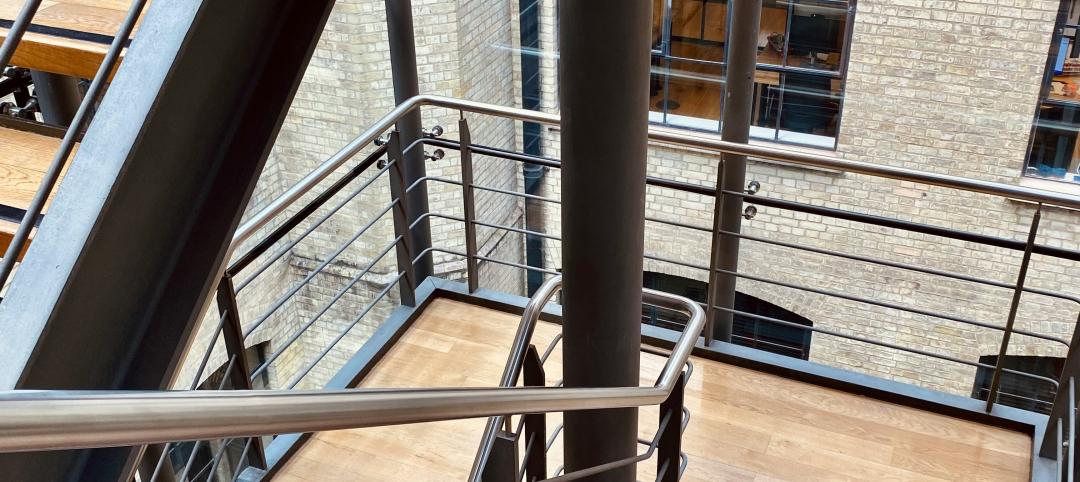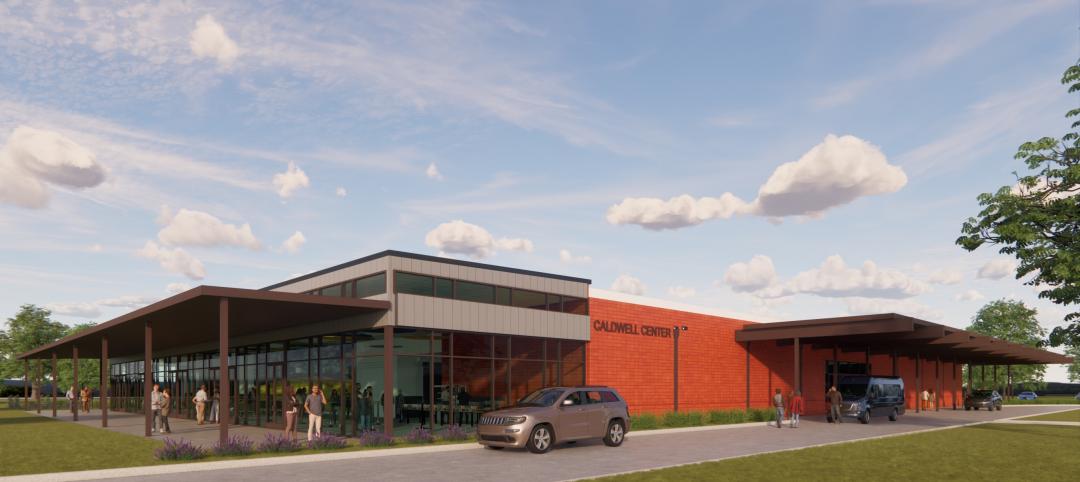In the construction industry, jobs are hard to come by. But a June report released by the Associated General Contractors of America (AGC) indicates that--at least in some states--it’s getting easier. In the report, the AGC finds that 20 states added new construction jobs.
According to AGC data, states with highest percentage of job gains are Montana and Wyoming which posted 12-month growth rates of 15.2% and 13.7%, respectively. At the opposite end of the spectrum are Alaska and Wisconsin with respective losses of 20% and 10.6%.
To find out what’s driving these job losses and gains, I recently caught up with AGC’s Chief Economist, Ken Simonson. In my conversation with Simonson, he highlighted three main drivers behind the current trends in construction employment:
- Low vacancy rates are spurring investment in apartment complex construction.
- The acceleration of natural gas extraction is fueling related construction job growth.
- Manufacturing investment is leading to new manufacturing facility construction.
So what kinds of jobs fit well with these market drivers? Below I’ll profile a few relevant professions currently in demand.
Apartment Complex Construction: Apartment construction requires nearly every kind of construction trade on the job. However, there are a few particular positions that are particularly high demand.
Carpenter: Naturally, carpenters are in high demand as more complexes are built and they’re needed for everything from framing to setting crown molding.
Millwork: The millwork trade is in high demand to produce the doors, crown moldings, window casings, etc. needed to finish an apartment.
Electrician: Electricians that are familiar with multi-family electrical wiring and know how to run standard power distribution to lighting and other outlets in apartments are needed to provide power to an apartment.
Natural Gas Extraction: The growth in natural gas extraction from underground shales is also supporting new construction jobs. The majority of these jobs involve heavy construction or civil engineering.
Earthwork and Excavation: The earthwork industry is needed on natural gas extraction for everything from mining the minerals that are used in extraction to clearing roadway to the drill site.
Civil Engineering: Of course, effectively planning these roadways requires civil engineers that can plan the infrastructure of these projects.
Manufacturing Facilities: Construction jobs are also being supported by the uptick in domestic manufacturing, which is prompting manufacturers to build new facilities in the U.S. As a result, there are two main professions that are in high demand.
Iron Workers: Iron work professionals are needed to put together the large steel frames that facilities require. Within the iron work profession, welders are among the most in demand professions as certified welders are hard to find given that it can take several years to achieve certification.
Electrician: Commercial electricians are needed when constructing a new manufacturing facility because of the need to install power and controls to motors and HVAC systems at the facility--in addition to the need to run power distribution directly from an electrical grid.
If you’re interested in learning more about how these jobs (and skills) fit into the trends I highlighted above, please stop by Software Advice to check out my original article and leave your thoughts here. +
Related Stories
K-12 Schools | Aug 29, 2024
Designing for dyslexia: How architecture can address neurodiversity in K-12 schools
Architects play a critical role in designing school environments that support students with learning differences, particularly dyslexia, by enhancing social and emotional competence and physical comfort. Effective design principles not only benefit students with dyslexia but also improve the learning experience for all students and faculty. This article explores how key design strategies at the campus, classroom, and individual levels can foster confidence, comfort, and resilience, thereby optimizing educational outcomes for students with dyslexia and other learning differences.
Museums | Aug 29, 2024
Bjarke Ingels' Suzhou Museum of Contemporary Art conceived as village of 12 pavilions
The 60,000-sm Suzhou Museum of Contemporary Art in Suzhou, Jiangsu, China recently topped out. Designed by Bjarke Ingels Group (BIG), the museum is conceived as a village of 12 pavilions, offering a modern interpretation of the elements that have defined the city’s urbanism, architecture, and landscape for centuries.
Adaptive Reuse | Aug 28, 2024
Cities in Washington State will offer tax breaks for office-to-residential conversions
A law passed earlier this year by the Washington State Legislature allows developers to defer sales and use taxes if they convert existing structures, including office buildings, into affordable housing.
Industrial Facilities | Aug 28, 2024
UK-based tire company plans to build the first carbon-neutral tire factory in the U.S.
ENSO, a U.K.-based company that makes tires for electric vehicles, has announced plans to build the first carbon-neutral tire factory in the U.S. The $500 million ENSO technology campus will be powered entirely by renewable energy. The first-of-its-kind tire factory aims to be carbon neutral without purchased offsets, using carbon-neutral raw materials and building materials.
Architects | Aug 28, 2024
KTGY acquires residential high-rise specialist GDA Architects
KTGY, an award-winning design firm focused on architecture, interior design, branded environments and urban design, announced that it has acquired GDA Architects, a Dallas-based architectural firm specializing in high rise residential, hospitality and industrial design.
K-12 Schools | Aug 26, 2024
Windows in K-12 classrooms provide opportunities, not distractions
On a knee-jerk level, a window seems like a built-in distraction, guaranteed to promote wandering minds in any classroom or workspace. Yet, a steady stream of studies has found the opposite to be true.
Building Technology | Aug 23, 2024
Top-down construction: Streamlining the building process | BD+C
Learn why top-down construction is becoming popular again for urban projects and how it can benefit your construction process in this comprehensive blog.
Airports | Aug 22, 2024
Portland opens $2 billion mass timber expansion and renovation to its international airport
This month, the Portland International Airport (PDX) main terminal expansion opened to passengers. Designed by ZGF for the Port of Portland, the 1 million-sf project doubles the capacity of PDX and enables the airport to welcome 35 million passengers per year by 2045.
Adaptive Reuse | Aug 22, 2024
6 key fire and life safety considerations for office-to-residential conversions
Office-to-residential conversions may be fraught with fire and life safety challenges, from egress requirements to fire protection system gaps. Here are six important considerations to consider.
Resiliency | Aug 22, 2024
Austin area evacuation center will double as events venue
A new 45,000 sf FEMA-operated evacuation shelter in the Greater Austin metropolitan area will begin construction this fall. The center will be available to house people in the event of a disaster such as a major hurricane and double as an events venue when not needed for emergency shelter.

















